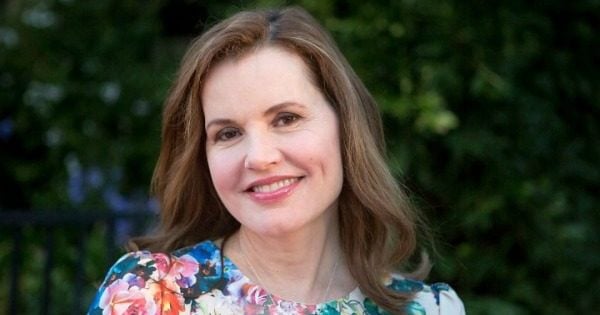By Vivienne Glance, University of Western Australia
Perennial stories about the lack of women working in science, technology, engineering, and mathematics (STEM) often revolve around why women are not studying these subjects, and when they do, why they don’t make their careers in these areas.
The Geena Davis Institute on Gender in the Media asks a different question. Are women not working in science because there are very few women portrayed in films and on TV who are working in science?
Academy Award-winning actress, Geena Davis, founded the institute that bears her name to educate, advocate and influence the media and entertainment industry to encourage more diverse representations of women and girls.



Top Comments
I predict this situation is going to change exponentially. My 21 year old daughter is very (STEM) driven. It certainly does need promoting in popular media, but so do many other things. Women are going to do this by themselves, and like Law, where women now dominate at University level we'll get there. Of course, there will be fallout when and if we decide to have families. But now that it is possible to work remotely, the world is our oyster and I truly believe that. We simply need some high spending advertising campaigns and charismatic leaders to make the impossible possible (see recent events globally regarding leading the free world) but in this case for the common good. I'm absolutely convinced in the next ten years we will see some fantastic young women step up to the mark commercially, politically and promote STEM projects and the days of the grey suits/nerds ruling the roost will soon be a thing of the past. Tech is no longer exclusively geeky. Although,personally, think geeks are okay quite a lot of the time.... :)
Going to be crucified here, but I think that the predominance of women as teachers has, over time, de-emphasised STEM subjects because it isn't the majority of teacher's sweet spot.